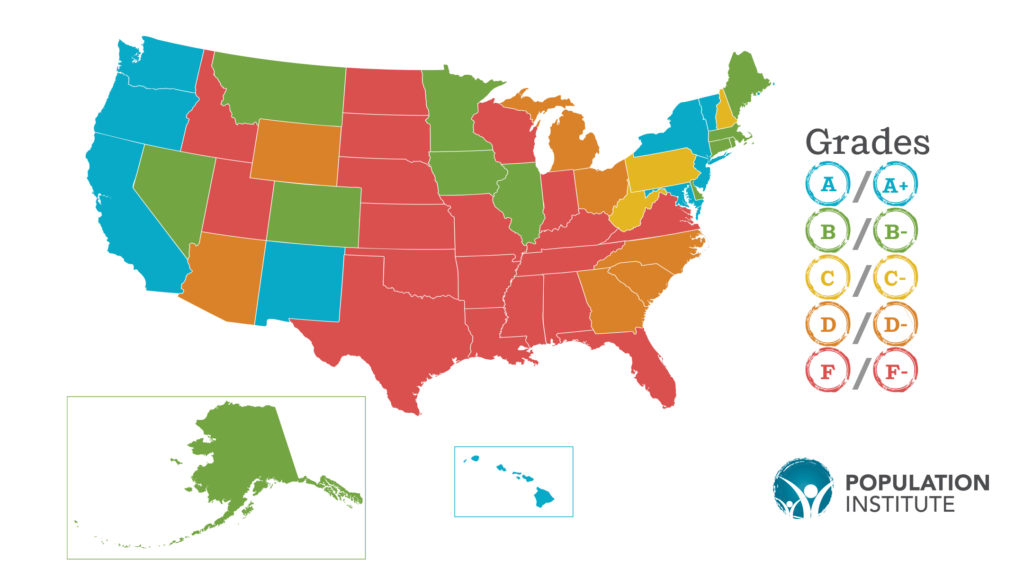World population is projected to increase from 7.3 billion today to 9.6 billion or more by 2050. Virtually all that growth will be in the developing world, and much of that increase will occur in countries struggling to alleviate hunger and severe poverty. Many countries with rapidly growing populations are threatened by water scarcity or deforestation; others are struggling with conflict or political instability. While progress is not precluded, population growth in these countries is a challenge multiplier.
Find out where population growth poses the greatest challenge:
Nations in the African Sahel, the semi-arid region south of the Sahara Desert, face significant demographic challenges. The region, which is one of the poorest in the world and also one of the most food insecure, has some of the highest population growth rates in the world. Climatic changes—rising temperatures and severe droughts—are contributing to water scarcity, desertification, and soil erosion, and exacerbating tensions between herders and farmers. If gender inequality is addressed, child marriage is abolished, greater investments are made in education, and access to family planning services improves, the region could benefit from an economic boom, what economists and demographers describe as the “demographic dividend.” For countries like Niger and Mali, however, time may be running out.
Demographic Dividend Fact Sheet
Mali Brief
Niger Fact Sheet

While most Americans are aware of the national political debate over birth control and abortion, many are unaware of the status of reproductive health and rights in their own state. In the interest of an informed public debate, the Population Institute released it’s 2018 50 State Report Card on Reproductive Health and Rights that gives an overview of what’s happening in the 50 States and the District of Columbia.
Find out if your state is making the grade.

National Release
Report Card Overview
The State of Reproductive Health and Rights: A 50-State Report Card

